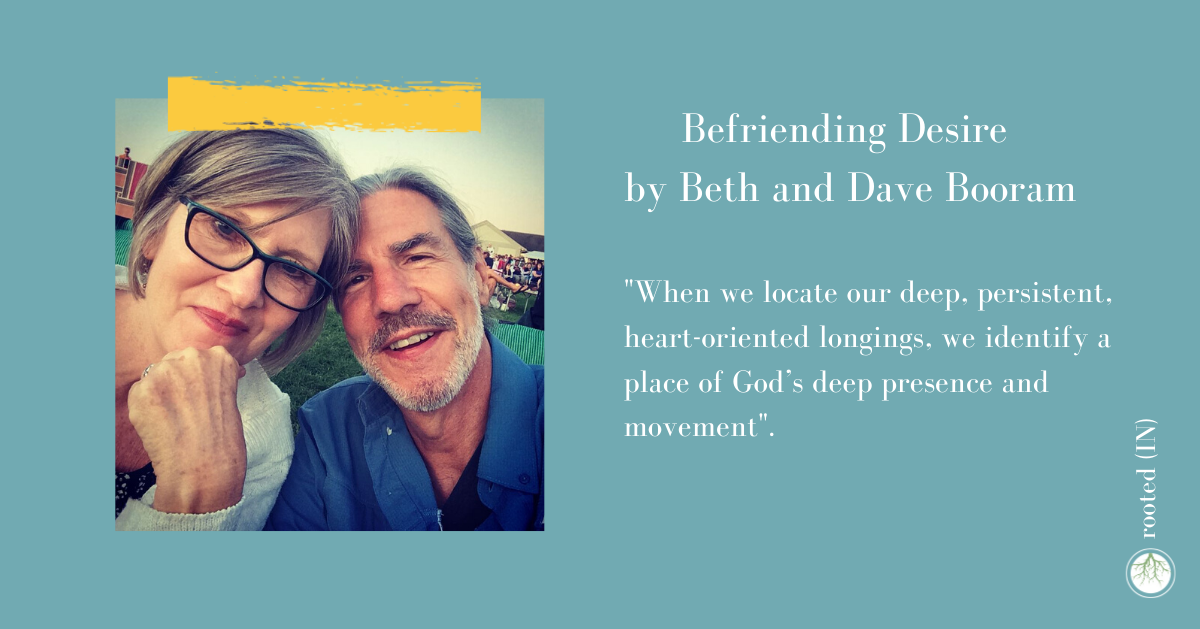![My Life of Learning and Unlearning as a Grad Student: Part Two]()
The hunger for a more experiential, mystical faith is growing in an American landscape dotted with Evangelical churches too purpose-driven to offer personalized pastoral care for the soul. In this void, many desiring a more transformational, embodied spiritual life are seeking spiritual directors. These guides are trained to listen empathetically and help people understand what God is doing and saying in their lives. “Spiritual direction,” says Richard Foster, “is an interpersonal relationship in which we learn how to grow, live, and love in the spiritual life.”[1]
In an article titled “Growing Demand for Spiritual Directors,” Lisa Wangsness of the Boston Globe writes, “The Rev. Michelle Sanchez, a young evangelical Christian pastor, believes the interest in spiritual direction highlights what is missing from religious institutions today….So many religious traditions end up feeling quite divorced from your everyday life and experience, so it’s essentially irrelevant…I think people are tired of that, and I think they hunger for a God they can experience, that is relevant, and close, and that can actually transform them.’’[2]
Within the context of spiritual relationship, directors open space for seekers to listen to God as well as to their own hearts. The empathy of the director shapes a space rooted in love and ripe for knowing God and self. This experiential knowing of love brings growth and healing. Gregory the Great and other Church Fathers emphasized the importance of spiritual direction in pastoral care as part of the pastoral office and central to a healthy spiritual life.
In this paper, I will explore the centrality of spiritual direction and empathy in spiritual health and wholeness. I will demonstrate that empathy creates space for spiritual transformation as we experience God as love and come to know our true selves in love. To do that, I will focus on the connection between empathy and our experience of God’s love through the writings of Thomas Oden and Gregory the Great as well as Bernard of Clairvaux, Julian of Norwich and Meister Eckhart. I'll propose that our spiritual healing and wholeness come primarily through union with love in God, ourselves and others.


















